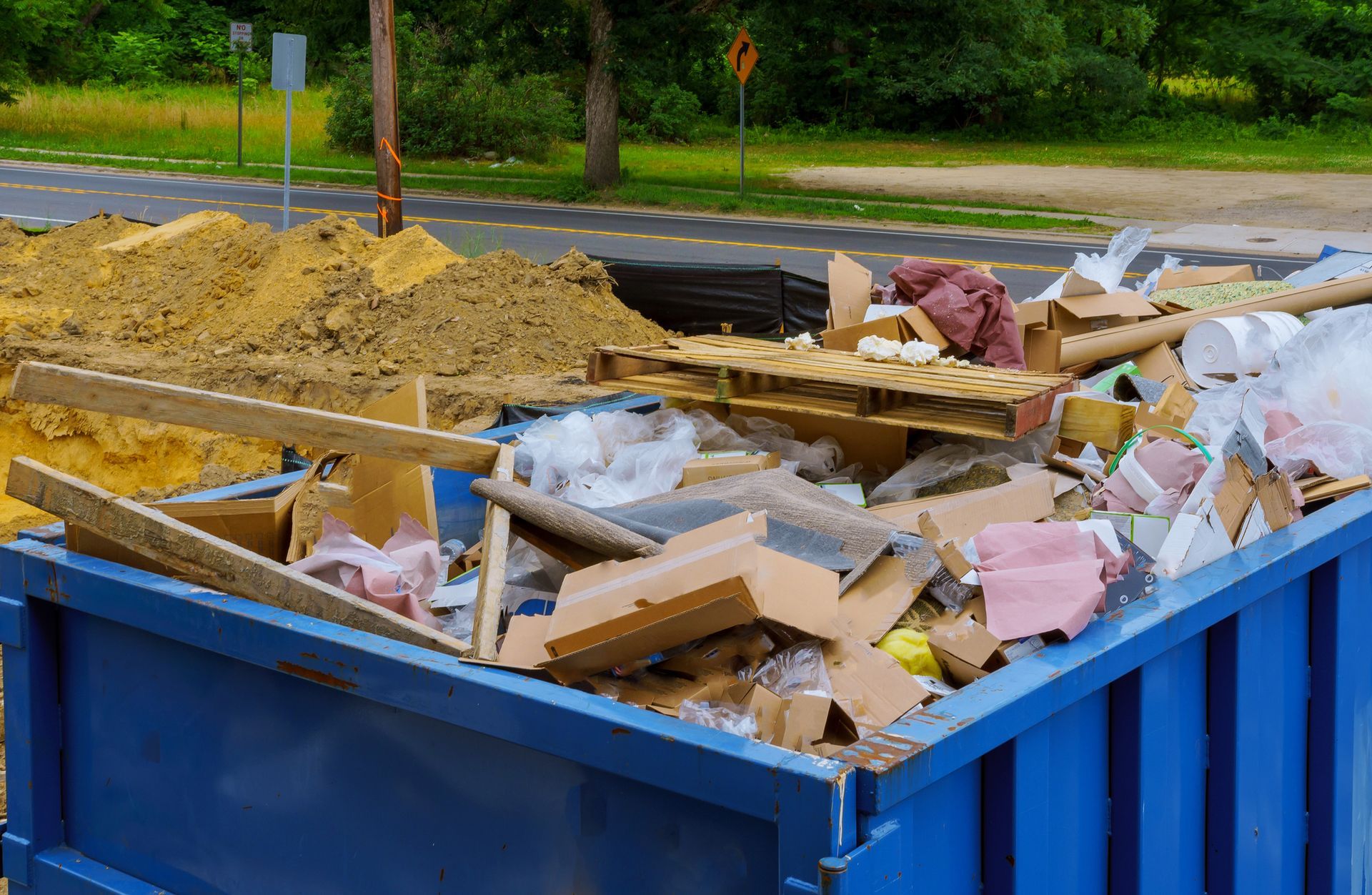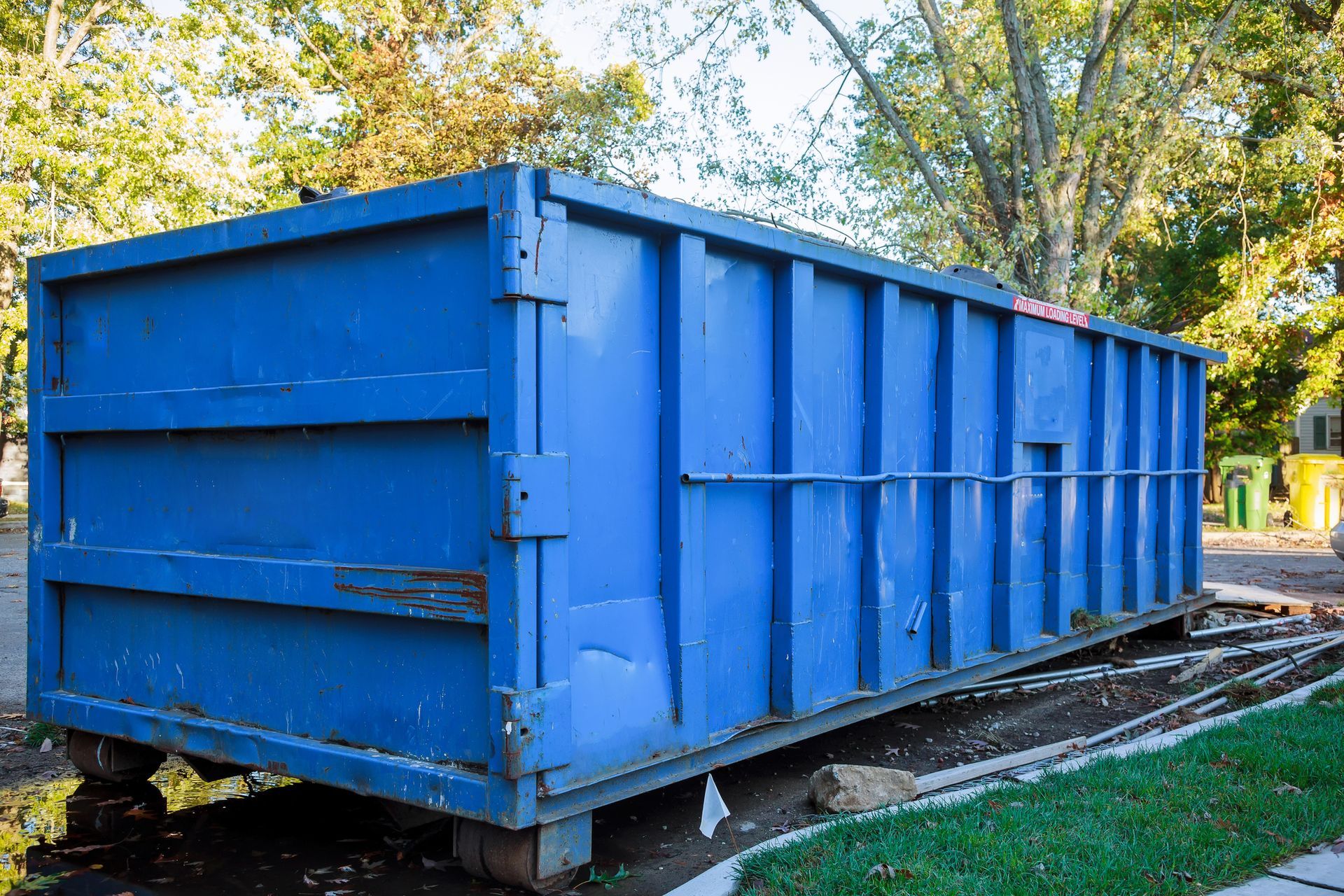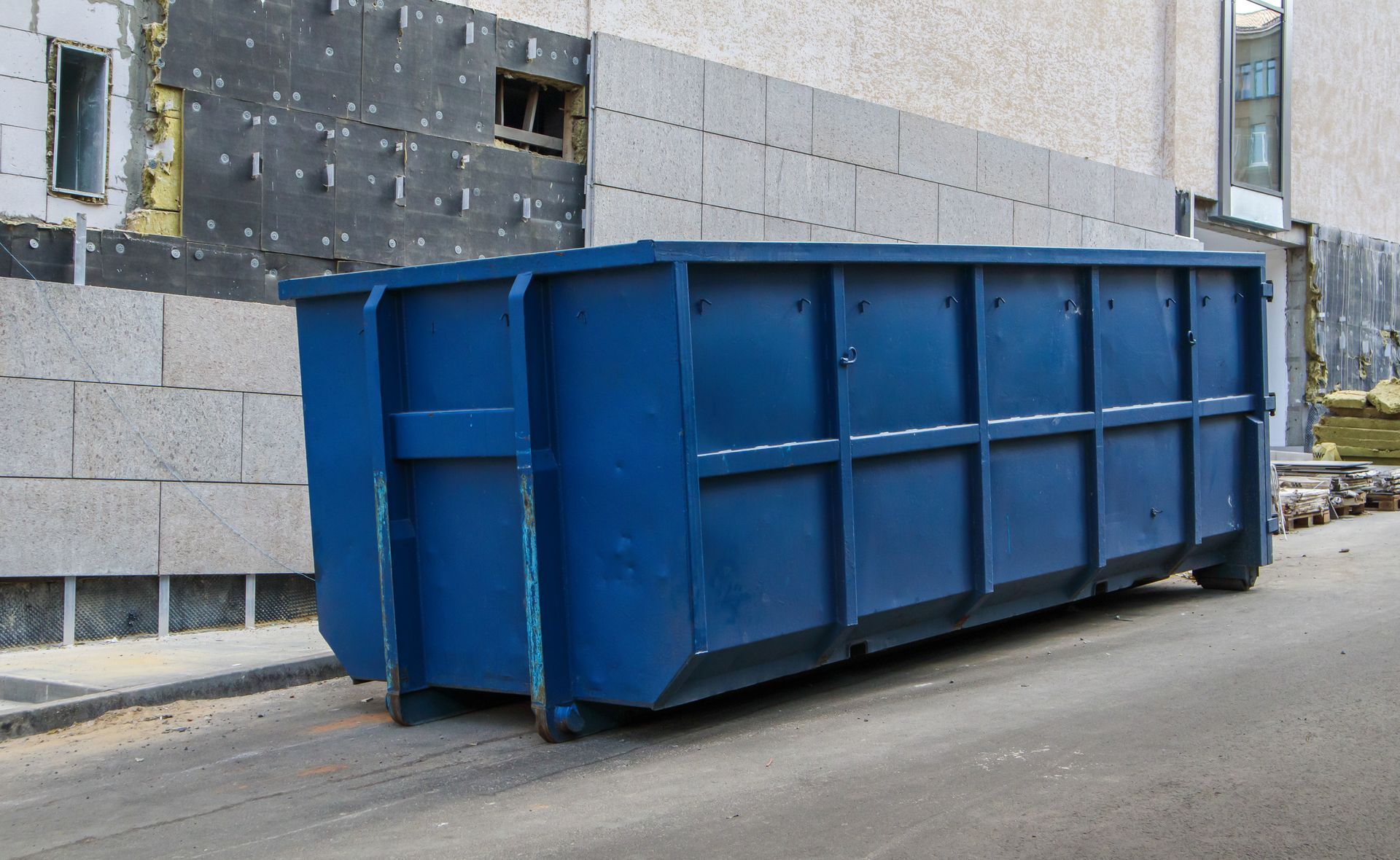Asbestos in the Home and Workplace… is Serious Business.
Asbestos is a bundle of fibers made up of six silicate minerals that occur naturally. Asbestos doesn’t cause problems if it remains intact. Risks to your health occur when asbestos is disturbed or damaged. Their microscopic fibers can be released into the air, where they can be inhaled.
The minerals in asbestos are strong, flexible, and chemically inert. They do not conduct electricity, and they are resistant to fire and heat. These qualities give asbestos its commercial and industrial appeal.
The six minerals can be divided into two families, based on the type of rock formations from which they are mined: serpentine and amphibole. Formations are abundant in some states, but is not mined in the United States today.
Uses of Asbestos
Asbestos was used liberally until the public became aware of its dangers in the late 1970s. Buildings and homes built prior to 1975 almost certainly contain significant quantities of the material. Despite its widely known dangers, it is still used commercially today.
It is is used in the manufacture of:
- Asphalt
- Cement
- Gaskets
- Automobile brake and clutch components
- Plastics
- Roofing materials
- Rubber
- Textiles
- Chemical, electrical, and plumbing insulation
- Fire protection
Its use was widespread in commercial construction, ship-building, and in the automotive industries for most of the 20 th century.
Commercial use of asbestos historically include:
- Boilers and heating vessels
- Cement pipe
- Automotive components
- Electrical conduits
- Electric motor component
- Laboratory furniture
- Textiles
- Sealants and coatings
- Insulation
- Containers for corrosive chemicals
- Pipe covering
- Paper products
Nearly a quarter of a million people are killed worldwide from asbestos-related illnesses every year. You can be exposed in the workplace by using certain materials and tools. You can be exposed in homes or schools built with asbestos-laden products. Individuals exposed to asbestos are at risk of developing asbestos-related illnesses, including lung cancer and mesothelioma. It may take decades to develop and for symptoms to appear.
Asbestos fibers are invisible to the naked eye. There are no immediate symptoms from inhaling asbestos fibers. Sickness may not occur until many years after the initial exposure. Victims of these diseases are not aware until they become irreversibly ill.
Types and Symptoms of Asbestos-Related Disease
There are several types of mesotheliomas , and their symptoms can be similar yet different. Pleural mesothelioma develops in the pleura, the membrane that surrounds the lungs. Symptoms can include:
- Shortness of breath
- Dry cough
- Chest pain
- Difficulty swallowing
- Swelling of the face and/or arms
- Hoarseness of the voice
Peritoneal Mesothelioma forms in the peritoneum, the membrane around the digestive system. Symptoms may include:
- Nausea and/or vomiting
- Constipation
- Diarrhea
- Abdominal pain
- Swelling of the abdomen
Similar symptoms can also be caused by a variety of other conditions, including Crohn’s disease, irritable bowel syndrome, celiac disease and colon cancer.
Pericardial Mesothelioma occurs in the membrane around the heart, the pericardium. Common symptoms include:
- Pain the chest or shoulder
- Shortness of breath
- Trouble swallowing
- Irregular heartbeat or heart palpitations
- Heart murmurs
- Swelling of the legs
Other symptoms common to all types of mesotheliomas include unexplained weight loss, fever, night sweats, and fatigue.
Disposing of Asbestos Safely
The most important thing to know about handling and disposing of it is that it is not a do-it-yourself project. It is a deadly carcinogen that should only be handled by licensed abatement professionals.
Licensed professionals are highly trained and certified to follow all federal and state laws governing abatement and disposal. Tackling the disposal of asbestos on your own can mean risking breaking one of these laws, facing a serious fine, and subjecting your family or workplace to dangerous asbestos fibers. Professionals have the proper tools and expertise to complete the job safely. Workers wear a special respirator and protective clothing to prevent exposure. The may need to create a decontamination unit and must follow decontamination procedures to ensure worker safety and prevent workers from tracking it into their homes.
What to Do
For more information about the dangers, visit the website of Lanier Law Firm , a nationally recognized expert in asbestos litigation with a successful 20-plus years of experience. Their guide on Asbestos Exposure provides a wealth of helpful information.
Give Pleasant View Waste Removal a call or email us at office@pleasantviewwaste.com to rent a dumpster from us today!
Share this entry
Leave a reply







